Latest Trends in Music Production for 2024
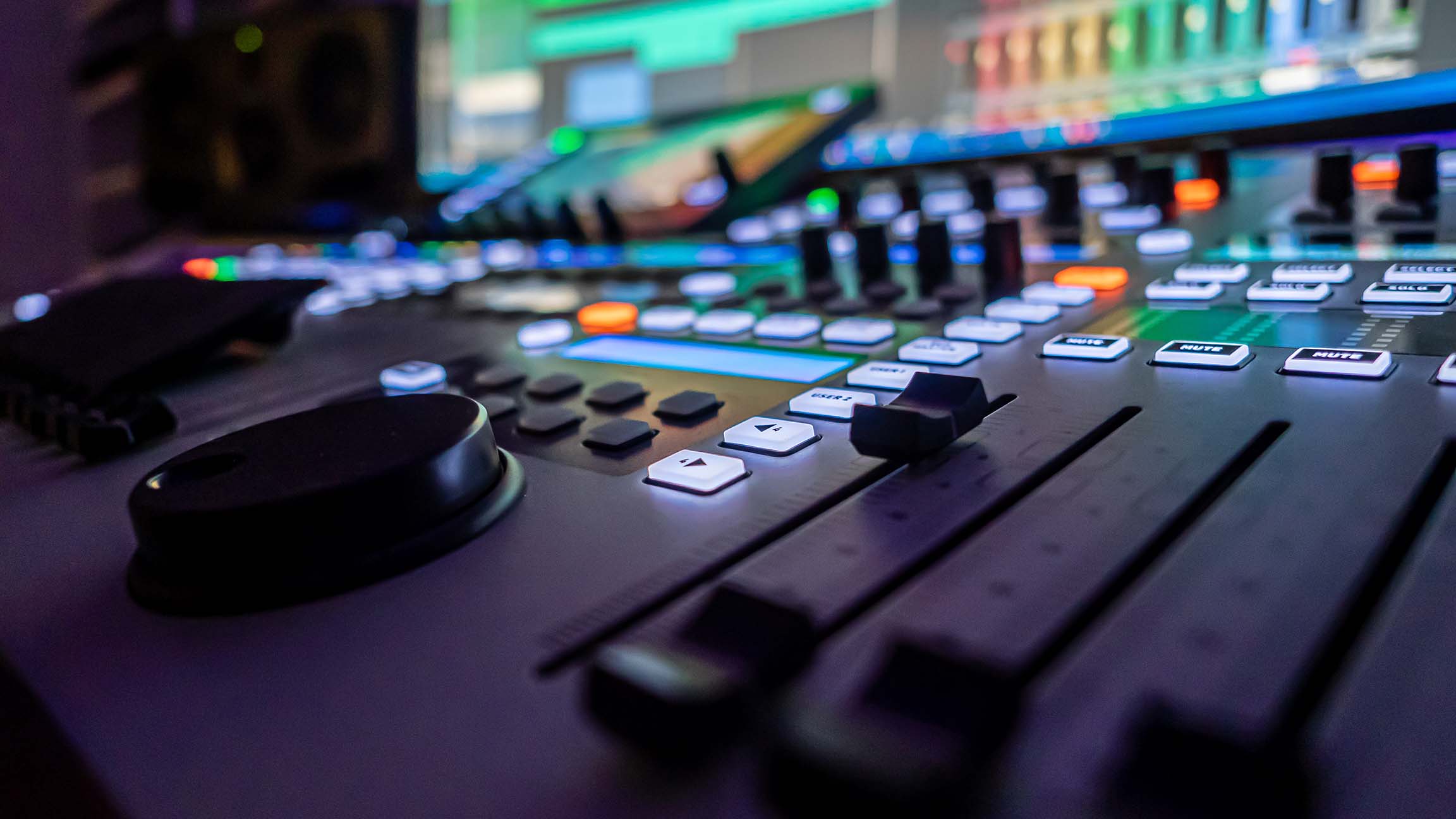
The world of music production is ever-evolving, with new technologies, techniques, and trends emerging each year. As we step into 2024, it's essential for music producers, both amateur and professional, to stay updated with the latest developments to ensure their work remains relevant and cutting-edge. This comprehensive guide explores the latest trends in music production for 2024, providing insights and tips to help you stay ahead of the curve.
1. Artificial Intelligence and Machine Learning
AI-Driven Composition and Arrangement Artificial Intelligence (AI) and Machine Learning (ML) have been making waves in music production. In 2024, AI-driven tools have become even more sophisticated, capable of composing and arranging music with minimal human intervention. These tools analyze vast amounts of data from various musical genres and create compositions that mimic the style of specific artists or genres.
Smart Mixing and Mastering AI is also revolutionizing mixing and mastering processes. Advanced AI-driven software can analyze a track and suggest or automatically apply EQ, compression, reverb, and other effects to achieve a balanced and professional sound. These tools are particularly useful for independent artists who may not have access to professional mixing and mastering engineers.
2. Virtual and Augmented Reality in Music Production
Immersive Studio Environments Virtual Reality (VR) and Augmented Reality (AR) are transforming the way music producers work. In 2024, VR studios provide immersive environments where producers can interact with virtual instruments and mixing consoles. This technology allows for a more intuitive and tactile approach to music production, enhancing creativity and efficiency.
AR-Assisted Learning and Collaboration AR is being used to create interactive tutorials and collaborative tools. Producers can use AR glasses to view step-by-step guides overlaid on their physical equipment, making it easier to learn new techniques. Additionally, AR enables real-time collaboration, allowing producers in different locations to work together as if they were in the same room.
3. Integration of Blockchain Technology
Transparent Royalty Tracking Blockchain technology is being integrated into music production to ensure transparent and accurate royalty tracking. Smart contracts on blockchain platforms automatically distribute royalties to artists, producers, and other stakeholders based on predefined agreements. This eliminates the need for intermediaries and reduces disputes over royalty payments.
NFTs and Music Ownership Non-Fungible Tokens (NFTs) have gained popularity as a way to sell music and related assets. Artists can mint their work as NFTs, providing fans with unique, verifiable ownership. This trend is creating new revenue streams and fan engagement opportunities, allowing artists to sell exclusive content, concert tickets, and even backstage passes as NFTs.
4. Advanced Sound Design Techniques
Granular Synthesis Granular synthesis, a technique that involves manipulating small pieces of audio called grains, is becoming increasingly popular. This method allows producers to create complex and evolving soundscapes that were previously impossible to achieve. In 2024, software and hardware synthesizers with granular synthesis capabilities are more accessible, enabling producers to experiment with new textures and timbres.
Binaural and Spatial Audio With the rise of immersive audio experiences, binaural and spatial audio techniques are gaining traction. Binaural audio simulates how we perceive sound in a three-dimensional space using headphones, creating an immersive listening experience. Spatial audio goes a step further by incorporating multi-channel setups to position sounds in a 3D space, enhancing the realism of virtual environments and live performances.
5. Modular and Hybrid Studios
Flexible Workflows Modular studio setups, which allow producers to mix and match different hardware and software components, are becoming more popular. These setups offer greater flexibility and customization, enabling producers to tailor their studios to their specific needs. Hybrid studios that combine analog and digital equipment are also on the rise, providing the best of both worlds.
Portable Production Gear The demand for portable and compact production gear continues to grow. Advances in technology have made it possible to produce high-quality music using lightweight and portable equipment. This trend is particularly beneficial for touring artists and producers who need to work on the go.
6. Sustainable Music Production
Eco-Friendly Studio Practices Sustainability is a growing concern in the music industry. In 2024, more producers are adopting eco-friendly practices, such as using energy-efficient equipment, reducing waste, and sourcing sustainable materials. Some studios are even powered by renewable energy sources, reflecting a broader commitment to environmental responsibility.
Sustainable Merchandise and Packaging Artists are increasingly aware of the environmental impact of their merchandise and packaging. Sustainable alternatives, such as eco-friendly packaging materials and ethically sourced merchandise, are becoming more common. This trend not only helps reduce environmental impact but also resonates with environmentally conscious fans.
7. Evolving DAW Capabilities
AI-Enhanced DAWs Digital Audio Workstations (DAWs) are incorporating AI features to enhance productivity and creativity. AI algorithms can now assist with tasks such as beat matching, chord progression suggestions, and even lyric generation. These enhancements streamline the production process, allowing producers to focus more on the creative aspects of their work.
Collaborative DAWs Collaboration is becoming easier with DAWs that support real-time remote collaboration. Producers can work on the same project simultaneously from different locations, making it easier to collaborate with artists and engineers around the world. Features such as cloud storage, version control, and integrated communication tools are facilitating this trend.
8. Personalized Music Experiences
Adaptive Music Adaptive music, which changes dynamically based on the listener's context, is gaining popularity. This technology uses data such as location, time of day, and user activity to tailor the listening experience. For example, a workout playlist might adjust its tempo based on the listener's heart rate, providing a personalized and engaging experience.
Interactive Music Applications Interactive music applications that allow users to manipulate and remix tracks in real-time are becoming more common. These apps provide a new way for fans to engage with music, offering a hands-on experience that goes beyond passive listening. This trend is opening up new avenues for creativity and fan interaction.
9. Focus on Mental Health and Wellbeing
Mindfulness in Music Production The importance of mental health and wellbeing in the music industry is being increasingly recognized. In 2024, more producers are incorporating mindfulness practices into their routines to reduce stress and enhance creativity. Techniques such as meditation, yoga, and regular breaks are becoming integral parts of the production process.
Support Networks and Resources The industry is also seeing a rise in support networks and resources for mental health. Organizations and online communities provide support and resources for artists and producers, helping them navigate the pressures of the music industry. These initiatives are fostering a more supportive and sustainable work environment.
10. Education and Skill Development
Online Learning Platforms Online learning platforms are continuing to grow, offering courses and tutorials on various aspects of music production. These platforms provide access to expert knowledge and training from anywhere in the world. In 2024, the quality and diversity of online music production courses have significantly improved, making education more accessible.
Community-Based Learning Community-based learning, where producers share knowledge and collaborate through forums and social media groups, is becoming more prevalent. These communities provide valuable insights, feedback, and support, fostering a collaborative learning environment. Engaging with these communities can help producers stay updated with the latest trends and techniques.
Conclusion
Staying current with the latest trends in music production is crucial for maintaining a competitive edge and fostering creativity. The trends outlined in this article reflect the dynamic nature of the industry, driven by technological advancements and evolving artistic practices. From AI and VR to sustainable production practices and personalized music experiences, 2024 promises to be an exciting year for music producers.
By embracing these trends, producers can enhance their workflows, create innovative music, and connect with their audiences in new and meaningful ways. Whether you're an aspiring producer or an experienced professional, staying informed and adaptable is key to thriving in the ever-changing landscape of music production.


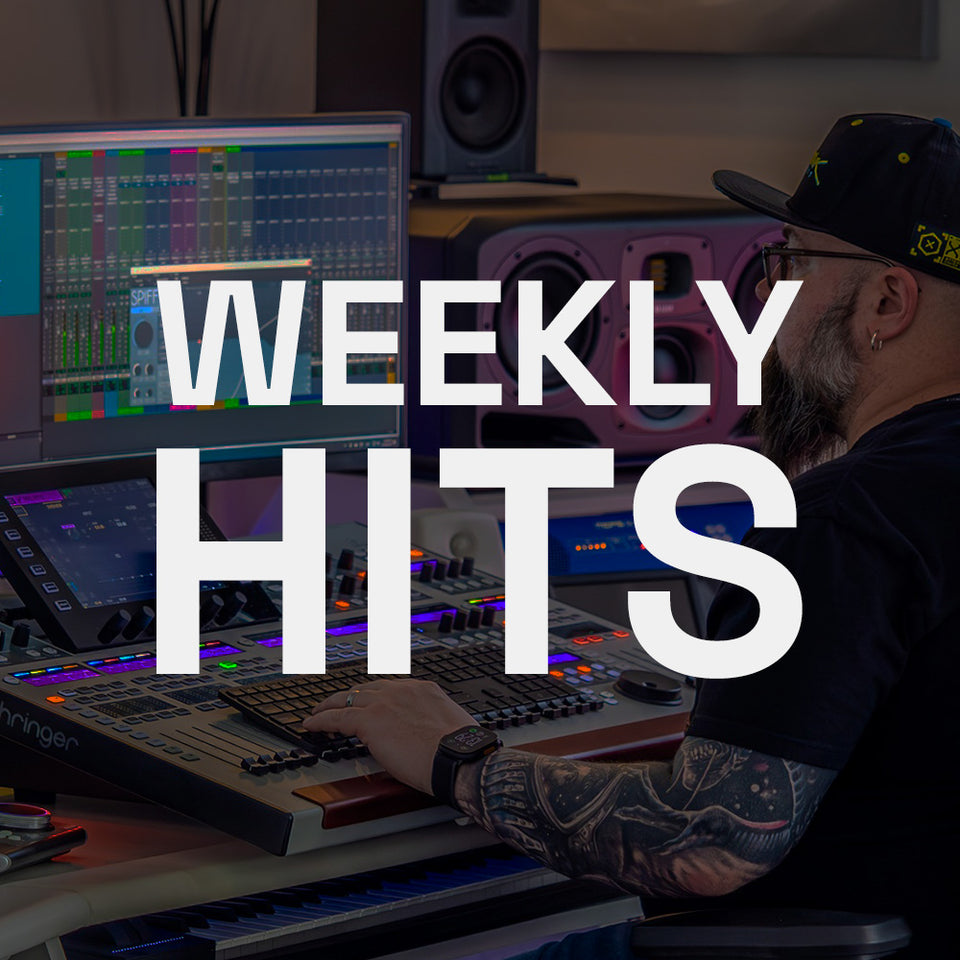
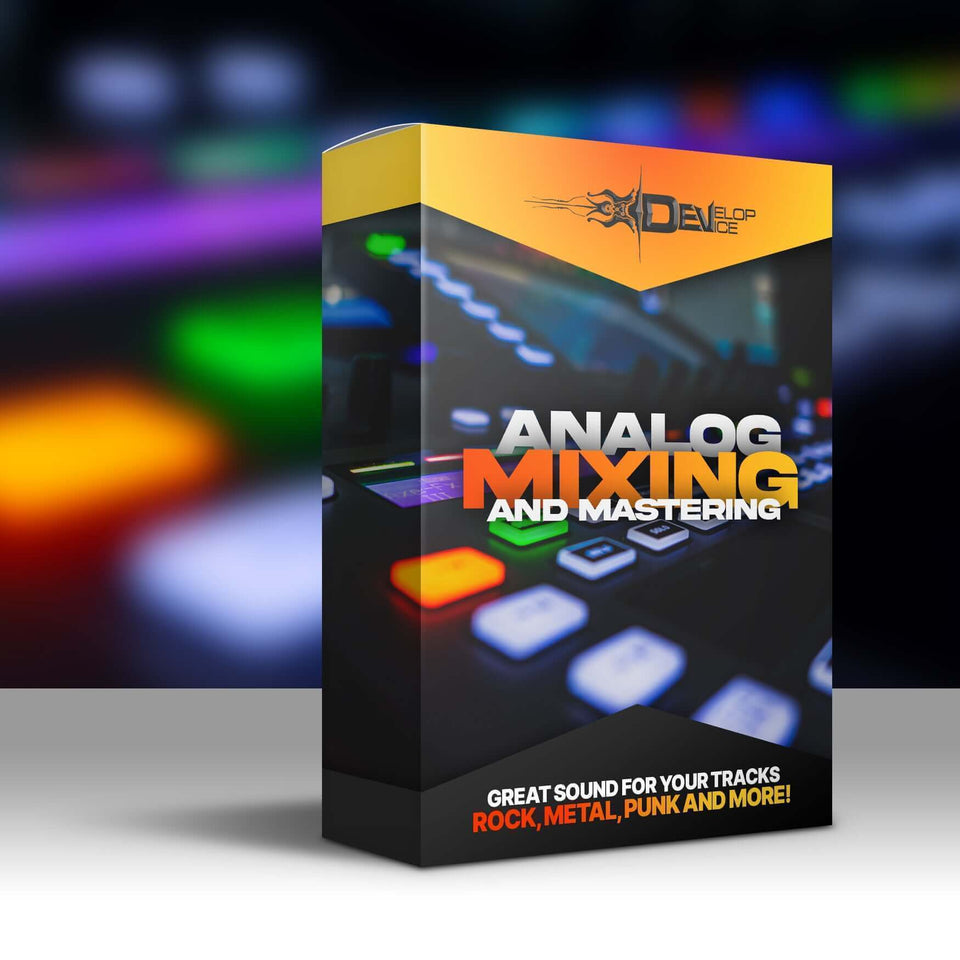

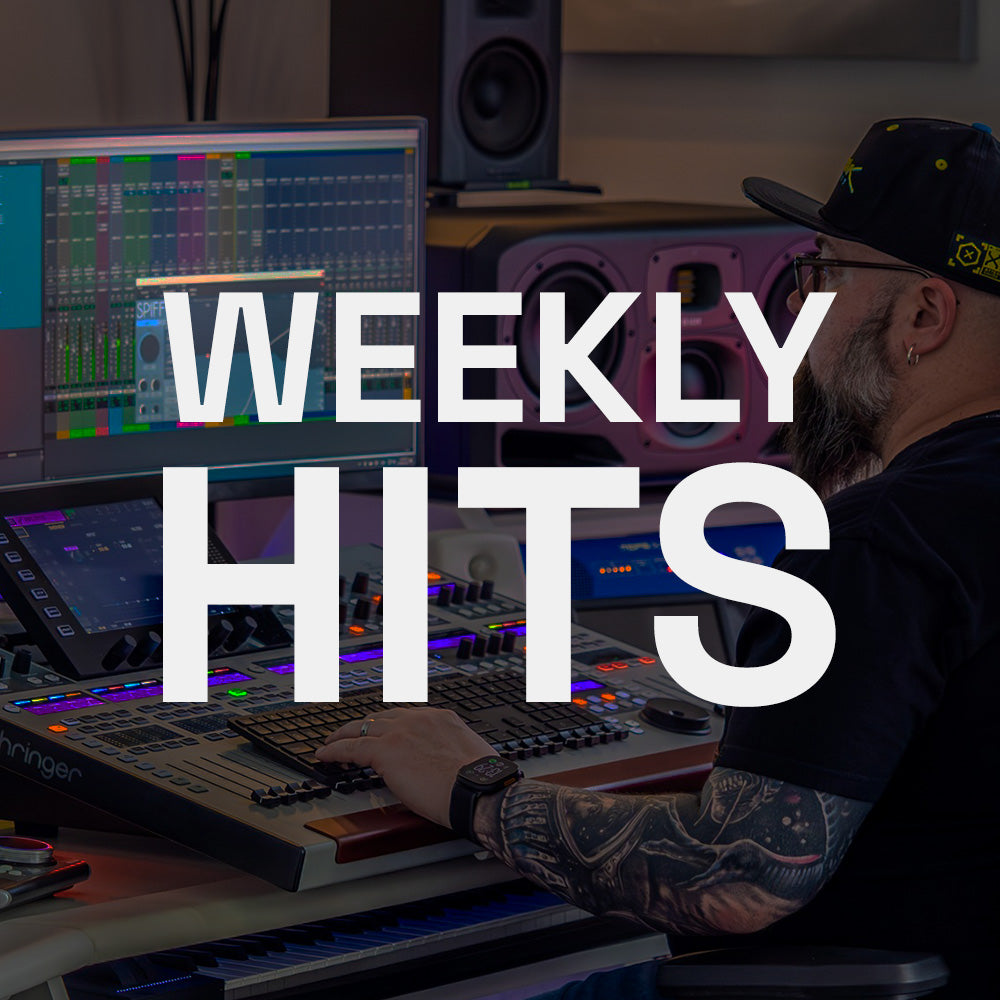
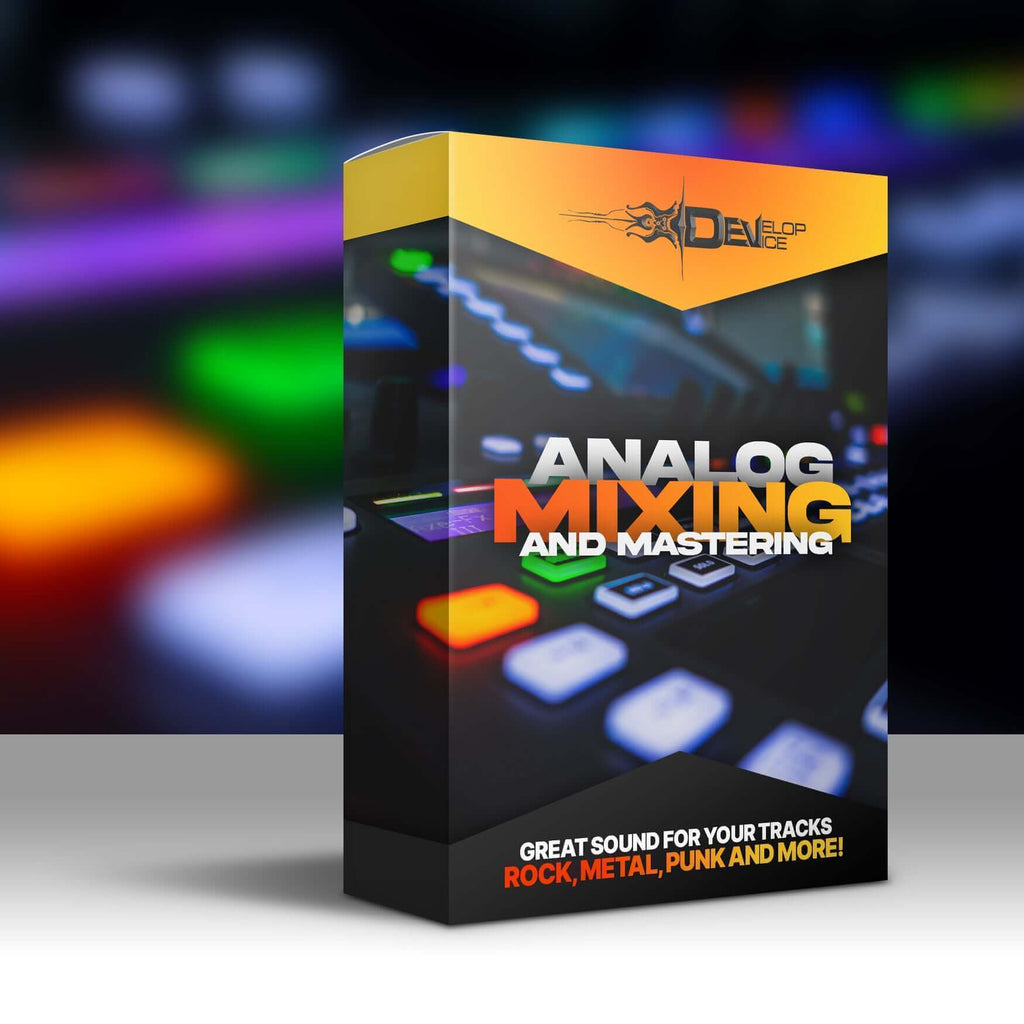
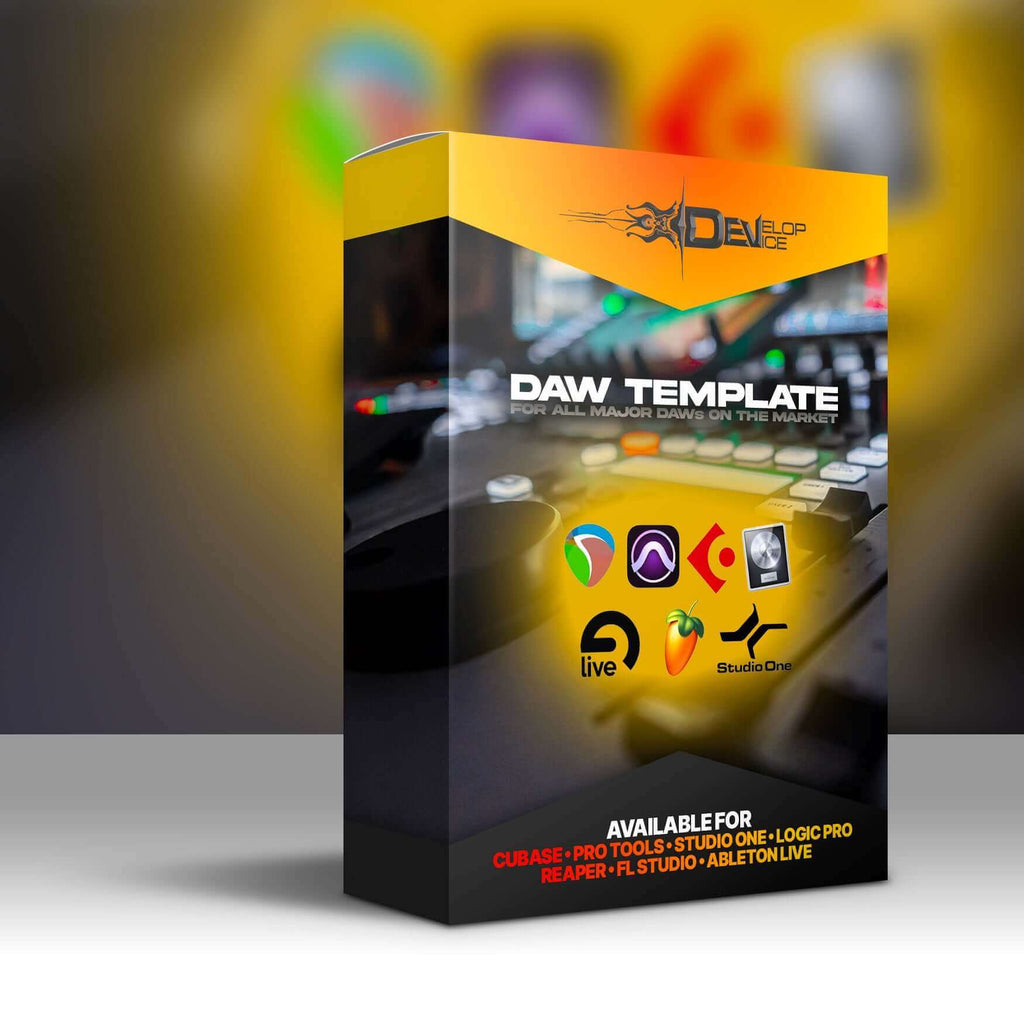
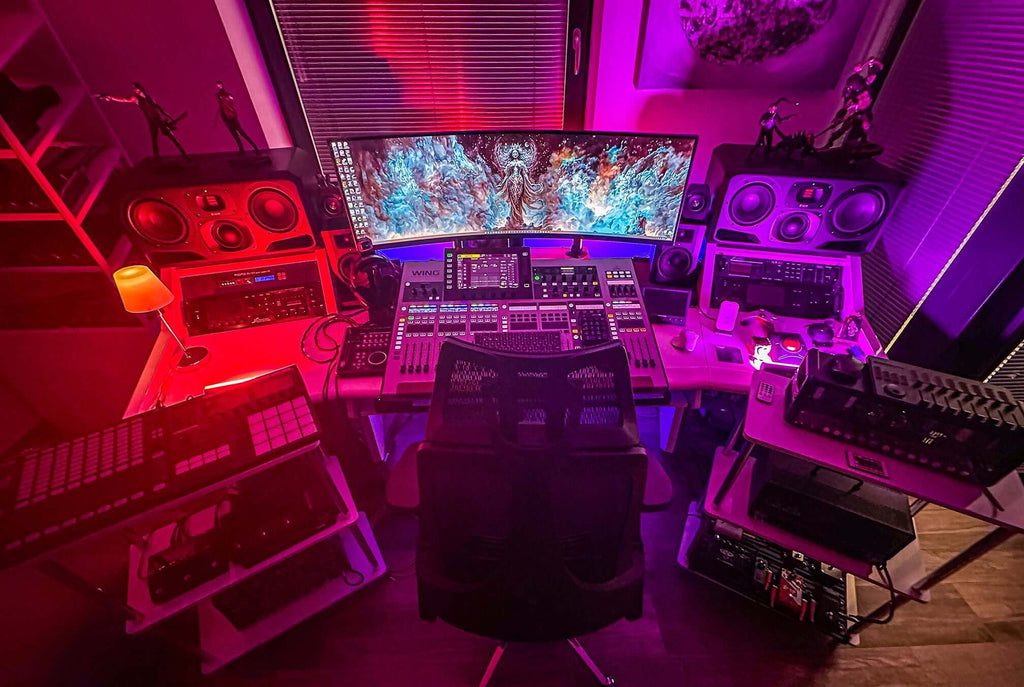
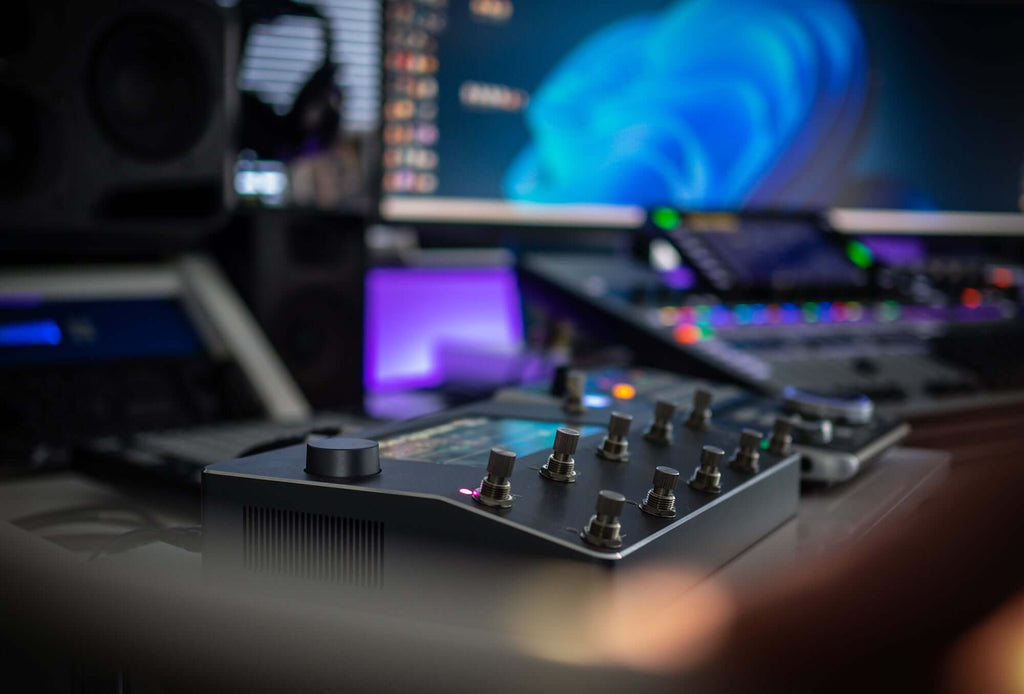
Leave a comment
All comments are moderated before being published.